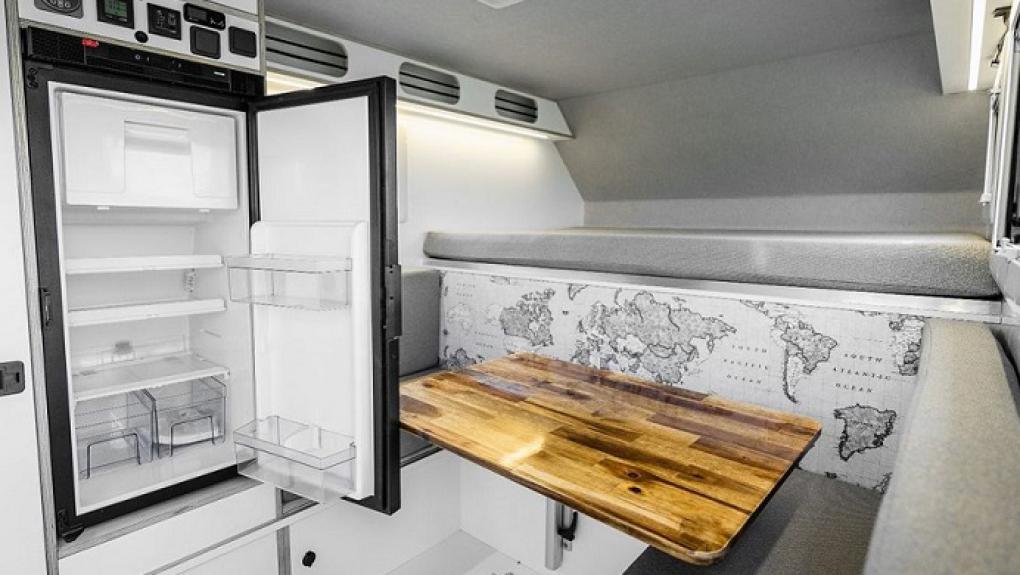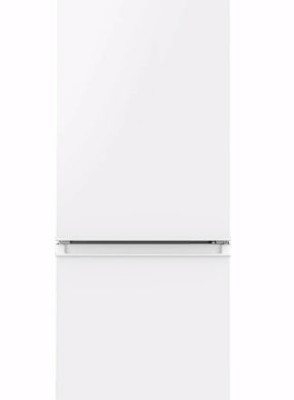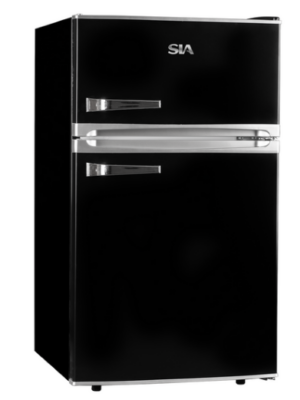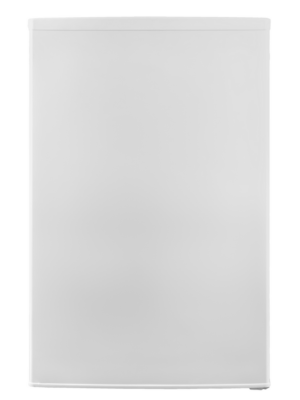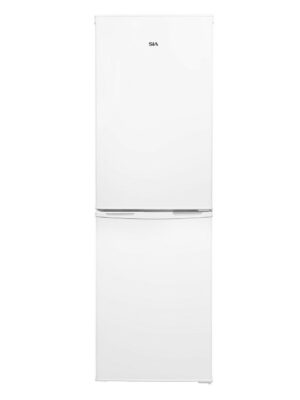Compressor fridges have become a staple in the world of refrigeration, offering efficient cooling solutions for a variety of applications, from motor homes and boats to camping trips and off-grid living. One of the most common questions that arise when considering a compressor fridge is how much power it consumes. In this article, we’ll delve into the factors that influence the power consumption of a 12V compressor fridge and provide insights into managing its energy usage.
Understanding Power Consumption: Power consumption is a critical consideration for any appliance, especially when it comes to mobile and off-grid setups. In the case of a 12V compressor fridge, the power consumption is influenced by several key factors:
-
Compressor Efficiency: Compressor fridges utilise a cooling mechanism driven by a compressor, which is responsible for circulating the refrigerant and maintaining the desired temperature. The efficiency of the compressor plays a significant role in determining how much power the fridge consumes.
-
Temperature Settings: The temperature at which the fridge is set greatly impacts its power consumption. Lowering the temperature requires the compressor to work harder, consuming more power in the process.
-
Ambient Temperature: The surrounding environment also plays a role. If the ambient temperature is high, the compressor will need to work harder to maintain the desired internal temperature, leading to increased power consumption.
-
Frequency of Door Openings: Every time you open the fridge door, warm air enters the refrigerator, causing the compressor to work harder to cool the interior again. Frequent door openings can contribute to higher power consumption.
-
Insulation Quality: The insulation of the fridge’s walls has a direct impact on how well it retains cold air. Better insulation means the fridge needs to run the compressor less frequently, resulting in lower power consumption.
Calculating Power Consumption: The power consumption of a 12V compressor fridge is typically measured in watts or ampere-hours (Ah). To calculate the daily energy consumption, you can use the formula:
Energy Consumption (Wh) = Power Rating (W) × Operating Hours (h)
For example, if your compressor fridge has a power rating of 50 watts and operates for 12 hours a day, the daily energy consumption would be 600 watt-hours (Wh).
Tips to Manage Power Consumption: If you’re aiming to optimise the energy usage of your 12V compressor fridge, here are some practical tips:
-
Optimal Temperature Setting: Set the temperature to the minimum required level. This reduces the workload on the compressor and subsequently lowers power consumption.
-
Efficient Packing: Organise the contents of your fridge efficiently. A well-organised fridge allows for better air circulation, reducing the time the compressor needs to run.
-
Limit Door Openings: Minimise the number of times you open the fridge door. Consider planning your access to the fridge’s contents to reduce unnecessary openings.
-
Shade and Ventilation: Position the fridge in a shaded area and provide adequate ventilation to prevent excessive heat buildup around the unit.
-
Monitor Battery Levels: If you’re using the fridge in a mobile or off-grid setting, monitor your battery levels to ensure that you have enough power to run the fridge without draining your energy reserves.
Conclusion: The power consumption of a 12V compressor fridge depends on various factors, including the efficiency of the compressor, temperature settings, ambient conditions, door openings, and insulation quality. By understanding these factors and implementing energy-efficient practices, you can effectively manage the power consumption of your compressor fridge, ensuring that your cooling needs are met while minimising your energy footprint.

